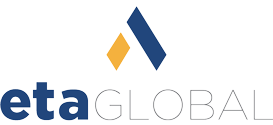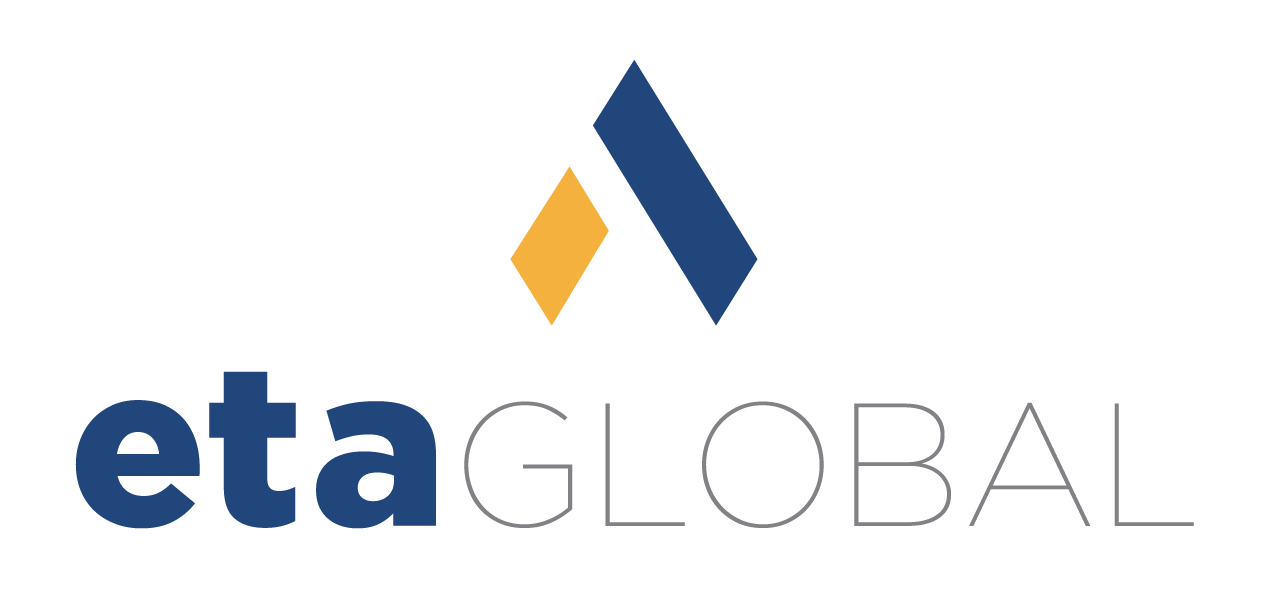The Guide to First Article Inspection (FAI)
The Guide to First Article Inspection (FAI)

What Is a First Article Inspection (FAI)?
When an authorized individual removes one or more pieces from the beginning of the manufacturing run, a first article inspection takes place. This approved person is usually the supplier or a second-party inspector of specialized labs and facilities in accordance with the product requirements of the purchaser. During FAI, the details used in the purchase order period must be referenced.
In reference, to what the name might mean, an FAI does not have to be the first member of the production line directly. From the initial sample, the person overseeing the FAI will pick a part at random.
What Happens if a Component Passes or Fails the FAI?
The components need to pass inspection and meet all the specifications for the manufacturing run to continue. This part is inspected according to a precise checklist if there is a pause in the process. On the condition that this section passes the FAI, in a standardized fashion, production can resume on schedule.
Failure to pass the test will result in production coming to a halt until the failed part issue is resolved. Following this incident, another FAI will be held to determine whether development will continue. This inspection is a very significant aspect of the essential implementation process for defense, aerospace, and medical equipment in particular industries.
When Should a First Article Inspection Occur?
During the first production run or if any changes are made to the design of the part, the FAI should occur. For instance, when development has restarted due to a production relapse of two years or more, an FAI will appear.
If modifications are introduced during the process of materials, process, sourcing, position, or equipment, then the first inspection of the article will resume. Reveling the mechanism of the checklist addresses the fact that these improvements did not have detrimental impacts on the output of the component.
Known as a delta FAI or a partial FAI whether a device or feature has design modifications. The variance between the original FAI and the current version is the data that is produced by this.
What Should an Inspection Plan Include?
Operating an FAI begins with the development of an inspection schedule that sets out the sequence of available operations. Someone will add the balloons that hold the specific numbers to the part’s design. This tells the entity who inspects the section what to examine. The balloons are attached by hand or by software to the specification.
In the inspection schedule, a table of criteria for inspections should be included. This table is an important feature of the first article inspection report (FAIR) that summarizes the review of the component by the quality management inspector if it passes or fails inspection.
What Happens During an FAI?
A checklist or document is given after the first article inspection to ensure thoroughness during the process. A custom designed instrument called a Coordinate Measuring Machine (CMMs) is used to calculate the item with unique expectations that have been made to see how it varies. The client will analyze them based on their interests if variations are present.
When it comes to making detailed calculations for quality control inspections, CMMs are the first choice. In this category, there are a handful of other items that apply. The set CMMs, for example, scores inside the quality control managers the most common computer. When dealing with complicated parts and product details, these devices shine. This includes portable CMMs which are designed to handle large components on the production floor.
These measurement instruments are used by the assigned FAI team to monitor for pieces that do not meet standards. Popular problems that arise during the first article inspection include the use of incorrect components, low quality materials, and inability to process machinery.
When Might a Client Deem a First Article Inspection Unnecessary?
As well as reducing duplication and saving time effectively, there are other advantages. Nevertheless, there are times when consumers conclude that carrying out an FAI is needless. When there is a limited manufacturing batch, something may take place and the maker is specialized in producing the particular component.
A pilot run is required in some cases to accommodate new products in a larger batch. For lots that may range from tens to hundreds of parts, it is important for a supplier to assume liability. It is essential for each batch to satisfy the exact requirements and needs of the consumer. Suppliers must show their knowledge rather than accepting a first article inspection in an opposite way.
A Crucial Part of the Quality Control Process
Other than the first article inspection, there are also other methods to assess quality management systems. In providing validation for a customer during the manufacturing period, however, FAI is important. Offering trust that a retailer can satisfy the demands of the customer without making expensive mistakes.





